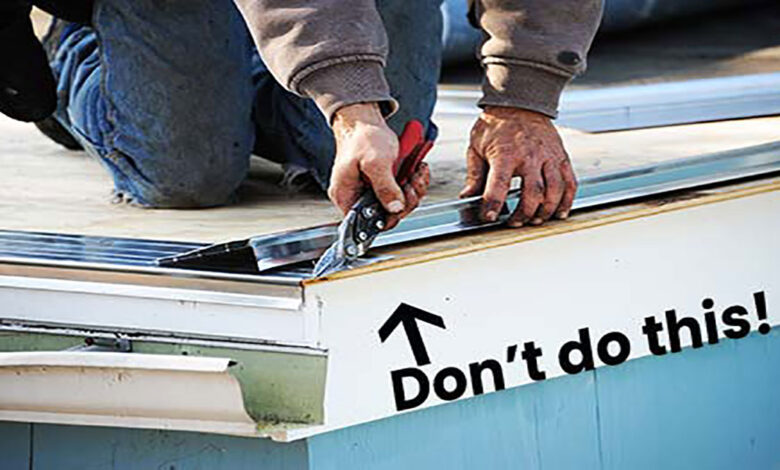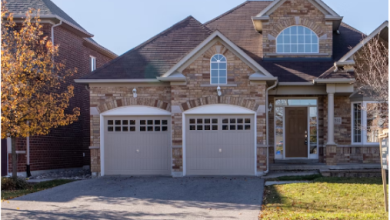
There is no feeling more comfortable than having a roof on your head. The roof is an important structure and expensive element at home. For the stability of the overall structure, everyone should consider the quality of the roof. The quality of the roof varies with the regions and weather conditions. Areas where it snows and a lot of moisture in the air demand different types of roofs. Moisture in the air cause damage to your roof, to avoid any damage, make sure to install drip edges.
Table of Contents
What is a Drip Edge?
A drip edge is a molded metal strip made up of aluminum or steel. It is installed on the roof edge to give water the ability to filter out the roof system.
Drip edge protects your roof from moisture. If your roof doesn’t have a drip edge, it can cause several problems, such as seeping water underneath the edge and curling shingles. Installation of a drip edge can increase the lifetime of roofing materials. If you are not sure if your roof has a drip edge, call professionals. Drip edge roofing is not impossible that you can’t do yourself.
Drip Edge Flashing:
A roof is made up of complex elements that protect your roof from bad weather. Drip edge flashing is installed under the roof structure before other elements. It provides support for the shingles and creates a roof drip edge that helps channel water into a gutter or away from the facade. As a material of drip edge is durable, it can last long as a roof can.
Types of Drip Edges:
There are different types of drip edges for your roofing system. Make sure to choose material cohesive to your entire home style. Common types of drip edges are:
L-Style:
L style drips edges make a 90-degree angle, they are bent in the center. They are advised to use on low slope roof decks. One end of the ‘’L’’ is placed on the roof deck and the other on top of the fascia.
C-Style:
C-type drip edges are bent like a letter and roll water away from the roof system. They are mostly used for roofs with no fascia board.
T-Style:
T-type drip edges are most efficient to use as they keep water away from shingles.
You need to understand that drip edge installation for new roofs existing roofs is a little bit different. If you want to install drip edges to roof yourself, here is a method to help you:
Tools:
The process of installing drip edge is simple, you just need some tools:
- Hammer
- The snips
- Roofing nails
- Roofing cement
- Ladder
- Drip edging
- Flat pry bar
Installation of Roof Drip Edge:
Installing drip edges on an old roof is tricky because they are usually one of the first things to be installed on a roof. Don’t worry, here is the procedure to help you:
- If old drip edges are present, carefully remove them by lifting shingles.
- Locate the nails that are holding down the old drip edges and pry them out with a flat pry bar.
- Now install the new drip edges on the eaves.
- Place the edge down the shingles and fix it so that water will drip off it at the correct angle into the gutter.
- Use roofing nails to nail them in place.
- Overlap each drip edge piece by at least 1 inch.
- Apply roofing cement on the drip edge and press the shingles against the adhesive.
- Now work on the gable edges after completing the eaves.
- Drip edging on the gable edges goes beneath the shingles.
- Make sure to overlap gable edges by 1 inch and that the direction should be in the same direction as water flow.
- Nail the edges using roofing nails.
- At the bottom, place the gable drip edges over the eave drip edges.
Drip edges protect the shingles of the roof from water damage, which otherwise causes the erosion of roof materials over time. They protect the edge of the deck from storms. Drip edges are easy and simple to install, but you can’t handle installing them, call a professional.
Read Also: Best Roofing Services Fort Lauderdale FL




